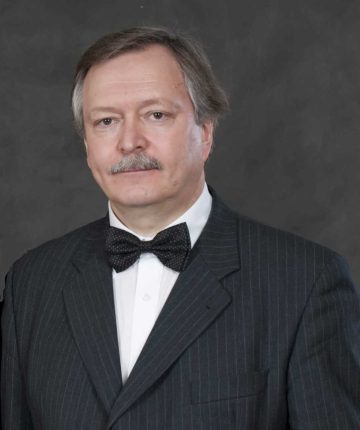Coordination of economic policy goals in Russia

Alexander O. Baranov,
Doctor of Science (Economics), Professor, Deputy Director for Research,
Institute of Economics and Industrial Engineering of Siberian Branch of Russian Academy of Sciences,
Russia
Head, Economic Theory Chair,
Novosibirsk National Research State University,
Russia
In real life, there may be fewer instruments of economic policy that can be used than the number of goals set for this policy. This situation violates the conditions of the Tinbergen ideal task of economic policy when it is possible to achieve all the goals. This makes it necessary to determine such a set of economic policy instruments and their numerical values that will minimize the losses of society from not achieving the set goals. For this purpose, the concept of the social loss function (SLF) was introduced in the macroeconomic analysis.
Description of the SLF function in the economic literature often fails to take into account the hierarchy of goals, namely their differentiation into final and intermediate ones. Short-term and long-term development goals do not differ. Restrictions in the use of various economic policy instruments are not taken into account either.
To minimize social losses, we believe it necessary to distinguish between long-term and short-term goals of economic policy. For example, pursuing strict inflation targets in the short term by reducing the growth rate of money supply and maintaining high interest rates, economic authorities undermine the foundations for achieving long-term economic growth goals, provoking a decline of investment growth that is negatively related to the interest rate dynamics. Similarly, reducing the investment in fixed and human capital at the expense of budgetary sources in the short term decreases the budget deficit or even ensures its surplus, but reduces the growth rate of fixed and human capital, worsens their qualitative characteristics, which undermine the foundations of long-term economic growth. In the end, the decline in economic growth reduces the possibility of increasing the real incomes of people and postpones a significant increase in their living standards for a longer term.
The actual economic policy in Russia in the last decade provided numerous examples of inconsistency in the use of economic policy instruments. Such as an increase in the key rate by the Bank of Russia, which took place twice in the second half of 2018, in order to combat inflation, and an increase of the VAT rate by the Ministry of Finance of the Russian Federation from January 1, 2019, which had a clear pro-inflationary impact on the economy. The increase of the VAT rate occurred given a federal budget surplus and was not necessary from the point of view of budget revenue security. Nevertheless, the target for inflation (4%) in 2018 was almost reached. The CPI in 2018 was 4.3 %. In 2019 the inflation target was exceeded: the CPI equaled 3%. However, in our opinion, both decisions contributed to a slowdown in economic growth. The growth rate of Russia’s GDP decreased from 2.5 % in 2018 to 1.3 % in 2019. In addition, in the long term, the maintenance of high rates in the economy, which took place in Russia in 2015-2019, did not contribute to the acceleration of investment and undermined the foundations of economic growth in the long term. The Bank of Russia acted in the same direction by increasing the key rate twice in the period from January to July 2021 in the conditions when the Russian economy was recovering from the crisis associated with the coronavirus pandemic.
A theoretical conclusion from the above suggests that it is necessary to include in the SLF function not only short-term but also long-term goals of economic policy. Minimization of the SLF function should be carried out not for one year, but a long period – 5-10 years. In the theory of economic policy, a situation when all the goals of economic policy are achieved is called a “point of bliss”. Since in dynamics we are talking about achieving dynamic goals for a certain period, it seems appropriate to talk about a “trajectory of bliss”. Such an ideal trajectory takes place when the economic system achieves all the goals of economic policy in dynamics.
Given the conditions of the Russian economy, we believe that compromise solutions in the field of economic policy may be achieved through a transition to indicative medium-term (for five years) and long-term (for 10-15 years) planning.
Email: baranov@ieie.nsc.ru
Expert article 3046
> Back to Baltic Rim Economies 4/2021
To receive the Baltic Rim Economies review free of charge, you may register to the mailing list.
The review is published 4-6 times a year.
